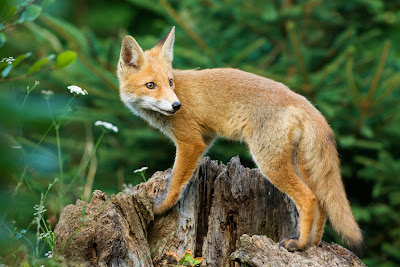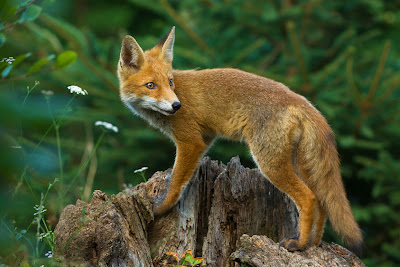
With ever increasing mega pixels giving us larger and larger files, the PC hard drive soon fills up and every starts to run very sloooooooooooowly, which is a complete pain.
So what to do?- well the best thing is to take all your images off the PC and put them on an external hard drive. These have gone up in capacity and down in price over the last few years so there is no need not to have one. In fact you should have a minimum of two as you will need a back up just in case one of the drives fail, which in time it will- guaranteed.
I started by using Lacie 250GB hard drives and after a year or two, one failed so I replaced it and after a year or so the other gave up the ghost. Now this isn't a major problem as the images were always backed up. For the last couple of years I have used Western Digital 500GB external drives. These so far have been fine but they are nearly full so I have just added a 1TB drive and will replace the other 2 x500GB drives shortly, I like to be safe so I have a 1TB harddrive on my PC and a 1TB external drive added to this I have a back up drive and a back up of the back up which I keep off site just in case a scumbag decides he wants to take them whilst I am out or if the house should burn down I am covered-or at least the images are.
Over the top maybe but as I make a living out of photography I don't want to loose all the hard work and lovely images that I have captured over the years, I know some people burn them to disc but I have heard too many stories of DVD's corrupting over time so for now the external route is the way to go for me, Don't think it will never happen to you, PC's crash all the time and its very expensive to get somebody to recover data-easier to buy a couple of decent external hard drives and sleep at night

Dave








































